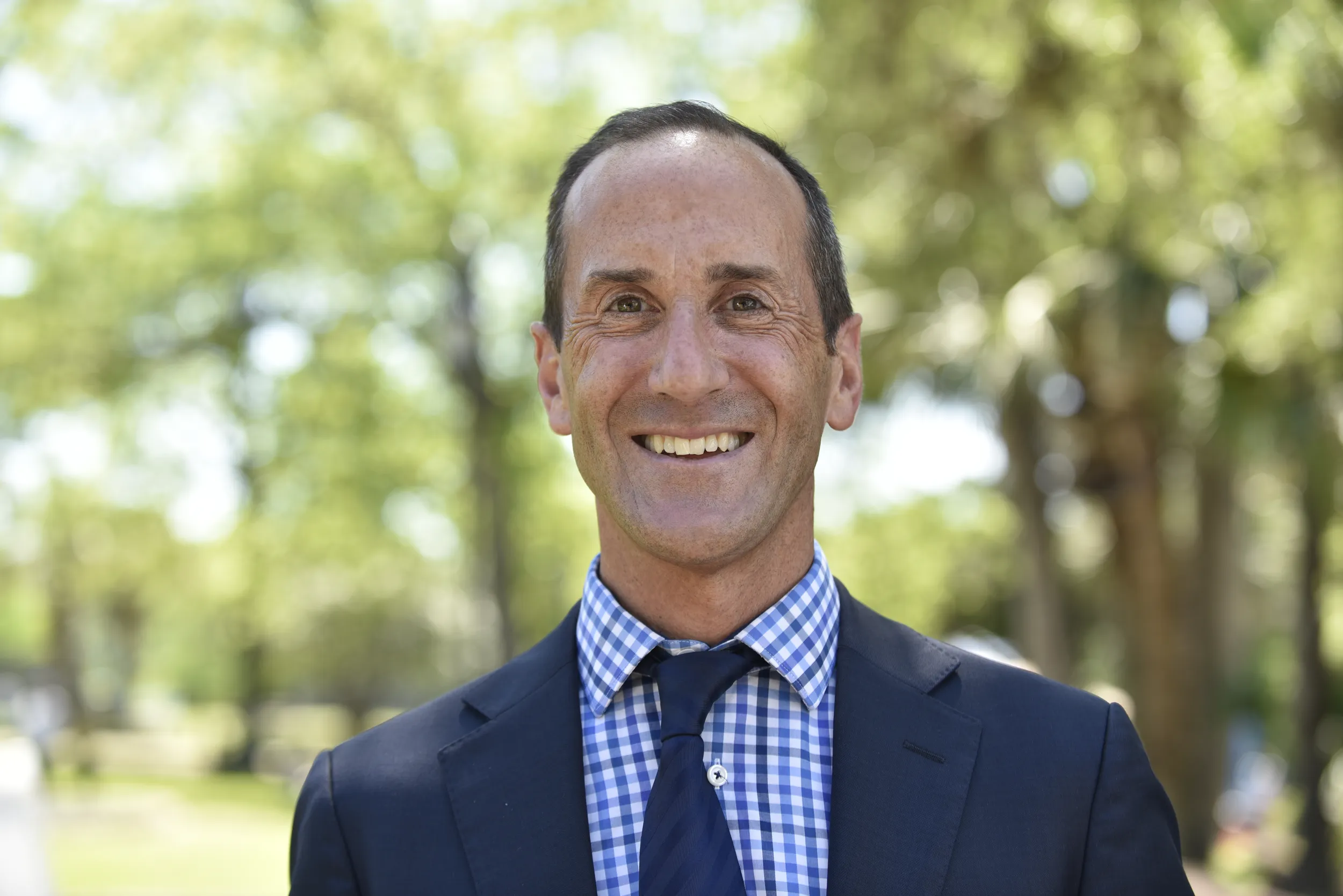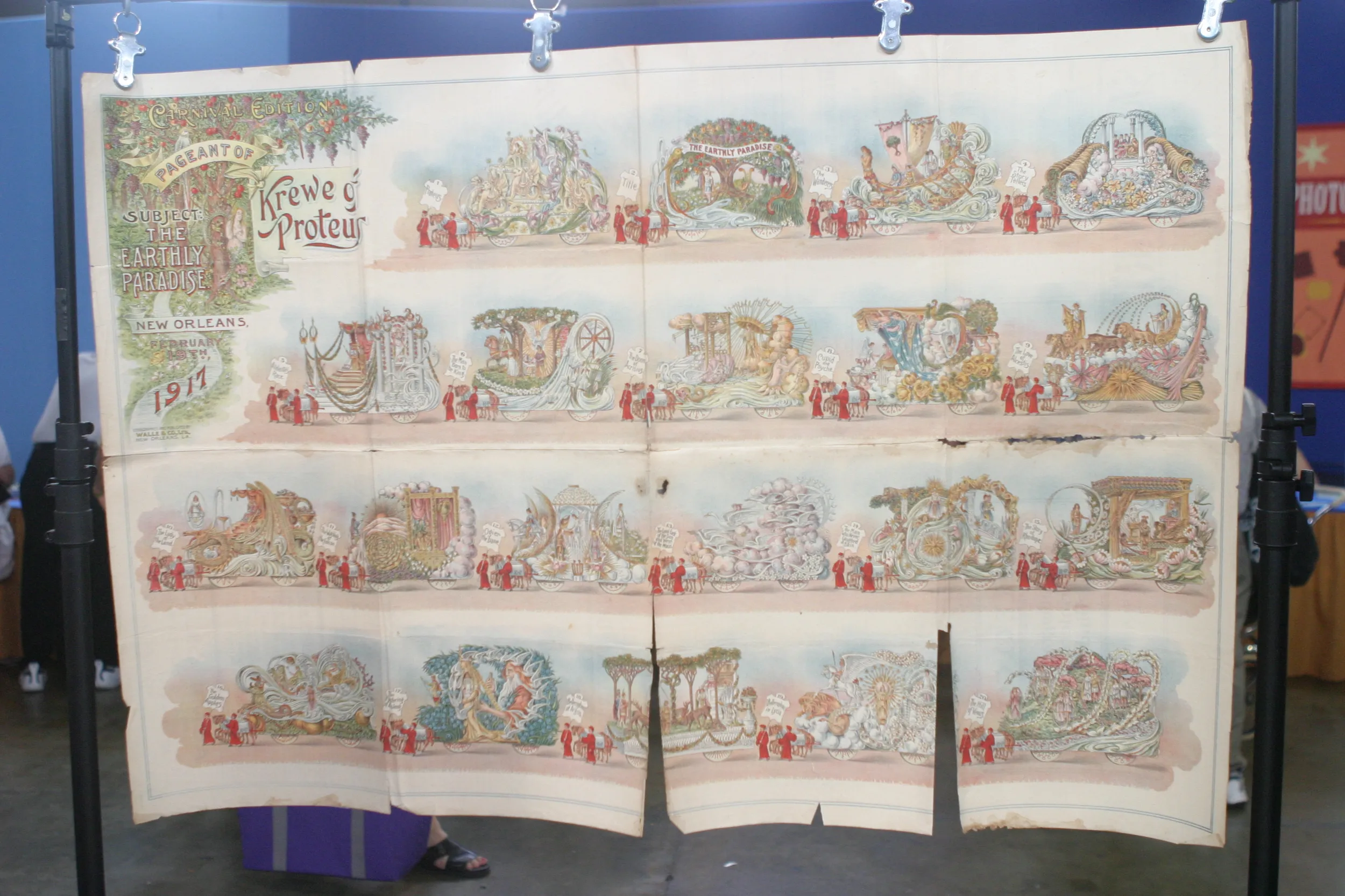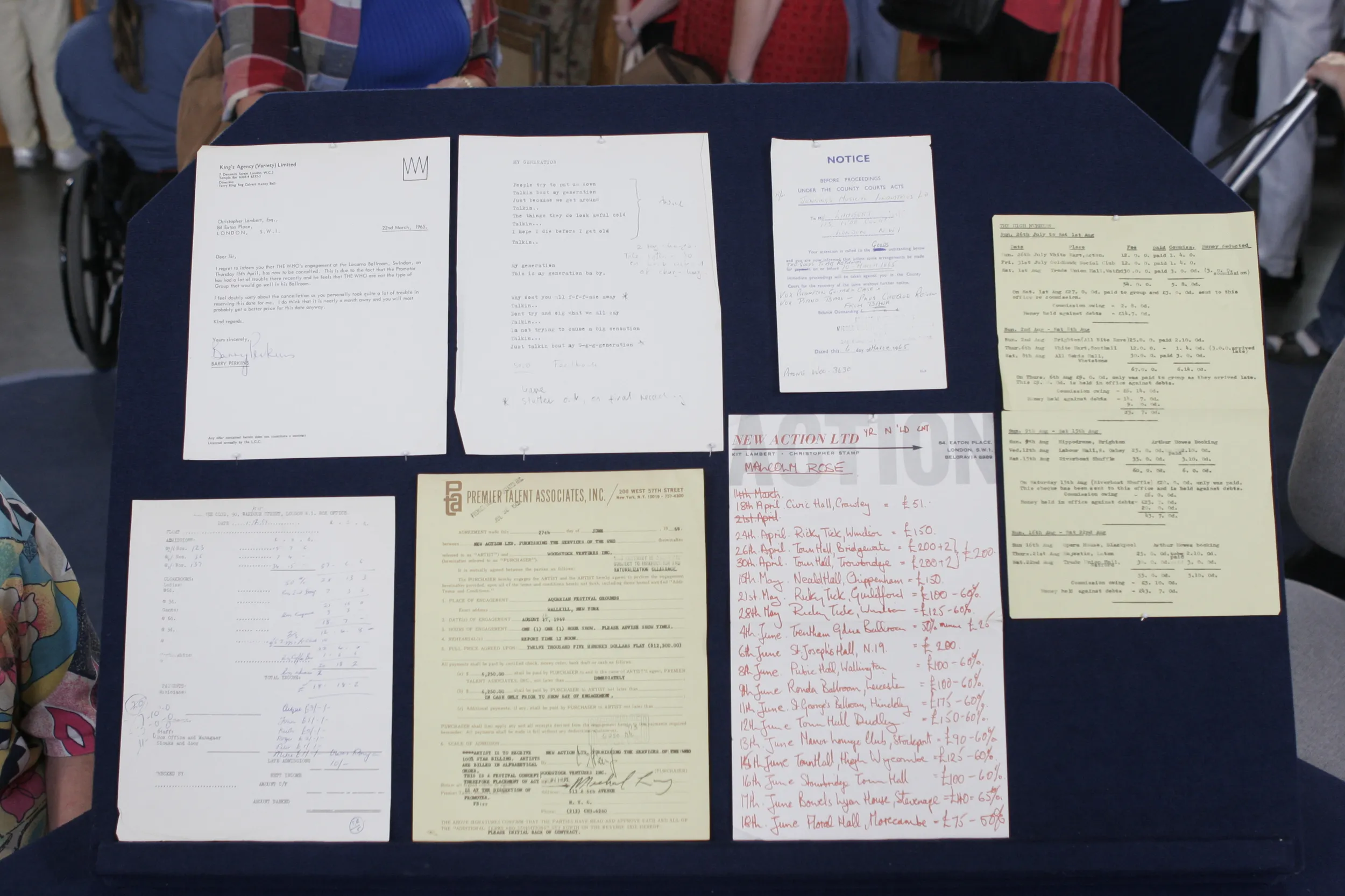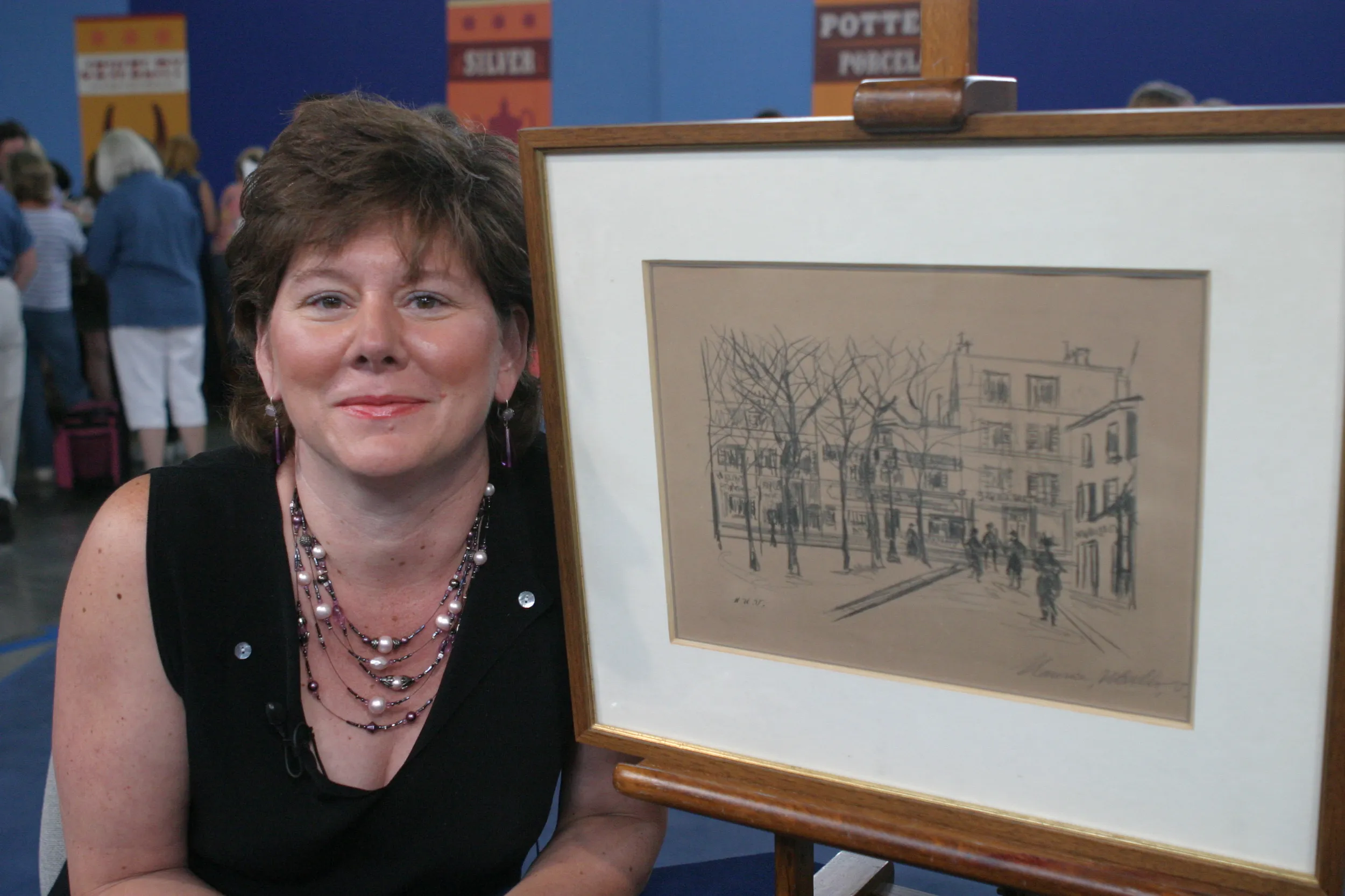GUEST: It's been in the family since my grandparents. My mother's family lived on Fishers Island, which is an island off the coast of Connecticut. My grandfather was a sea captain, and he captained a ship for someone who came during the summers. I think it was given to him as a gift. It has been wrapped in newspaper and underneath beds in our family for many, many years, and actually never even put on a wall.
APPRAISER: And you do know who the artist is.
GUEST: I do, it's Utrillo.
APPRAISER: Right, it's signed down here in pencil in the lower right, "Maurice Utrillo." Utrillo was a Parisian artist, first half of the 20th century, actually born into a family of artists. His mother was Suzanne Valadon, and she was friendly with such artists as Renoir, and, actually, he posed for Renoir. And it dates from around the 1920s. Most of his prints are from that period. Now, you were wondering about the technique.
GUEST: We noticed that the writing was backwards.
APPRAISER: Right.
GUEST: We wondered if perhaps it was original to print from.
APPRAISER: It's actually a lithograph printed from a stone. When you draw on the stone, it prints in reverse of what you've drawn. So Utrillo actually just drew straight out the names of the restaurants or the cafes or the hotels, and when it was printed as a lithograph, it printed in reverse.
GUEST: (laughs)
APPRAISER: Now, he wasn't really much of a printmaker. He was a famous artist, but he was more of a painter. So my suspicion is that he really considered lithography as, as a means of drawing, so he just drew straight away onto the stone, not thinking about drawing the text in reverse. So I think that's why the text is on there backward. Now, in the lower part of the print here on the left you see his initials. And those initials are actually printed. And as you can see, they're printed in the right direction. So it's the one case where we took care to write them backwards in the stone so that they would print the right way in the lithograph.
GUEST: Okay.
APPRAISER: And then very faintly down here, you can see pencil numbering.
GUEST: Mm-hmm.
APPRAISER: It's an edition of 100, this print. Now, you notice that the print is somewhat dark. It's a tan color, the paper. In actuality, the paper should be more of a lightish tone. Over time this must have been exposed to light and probably on the back is some sort of an acidic board. Now, that's something that definitely affects the value of a print or any work on paper. In this condition, with the sheet browned as it is, it's worth about $1,500. That's at auction. Now, if you were to take it to a paper conservator, to wash away that tone, that staining, which is a fairly easy process, it would increase the value to about $2,000. And it's maybe a $150, or $200 process, so it's definitely worth doing, and it preserves the paper. And it will bring out the contrast in the print that the artist intended, and you'll have a better looking print.










